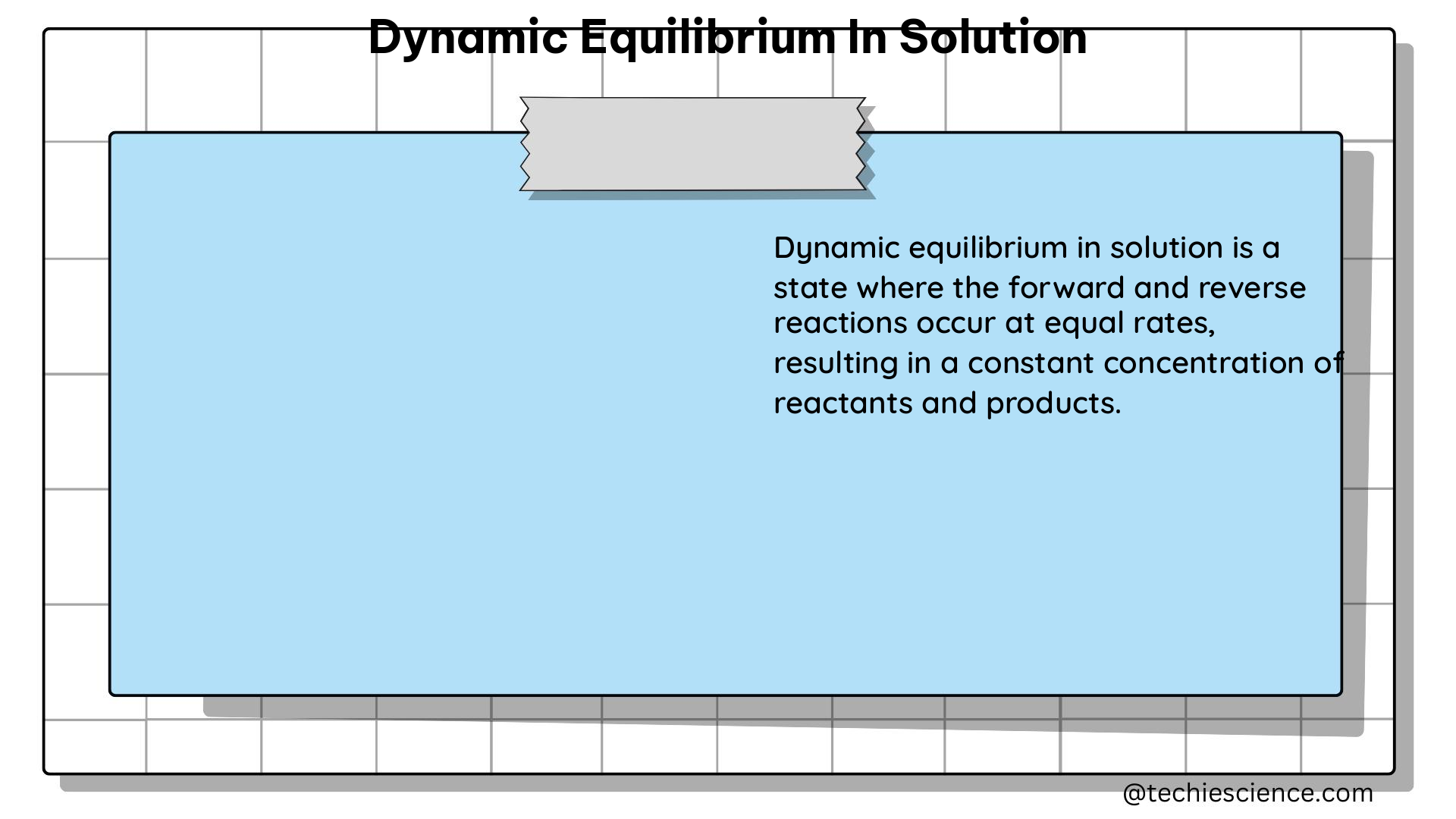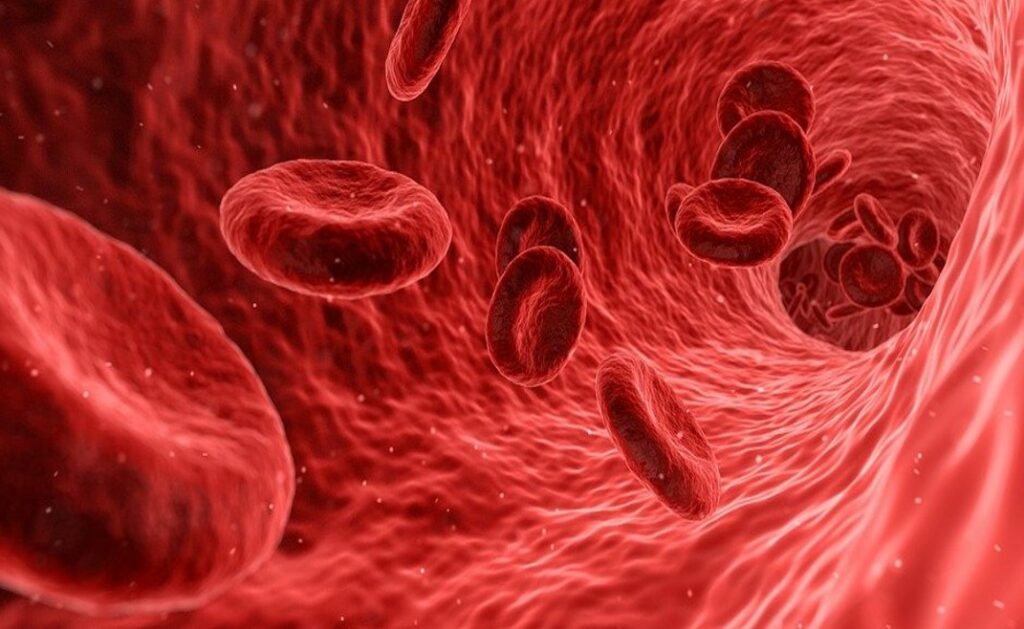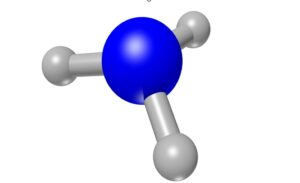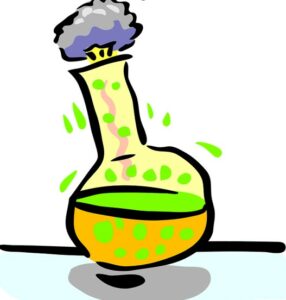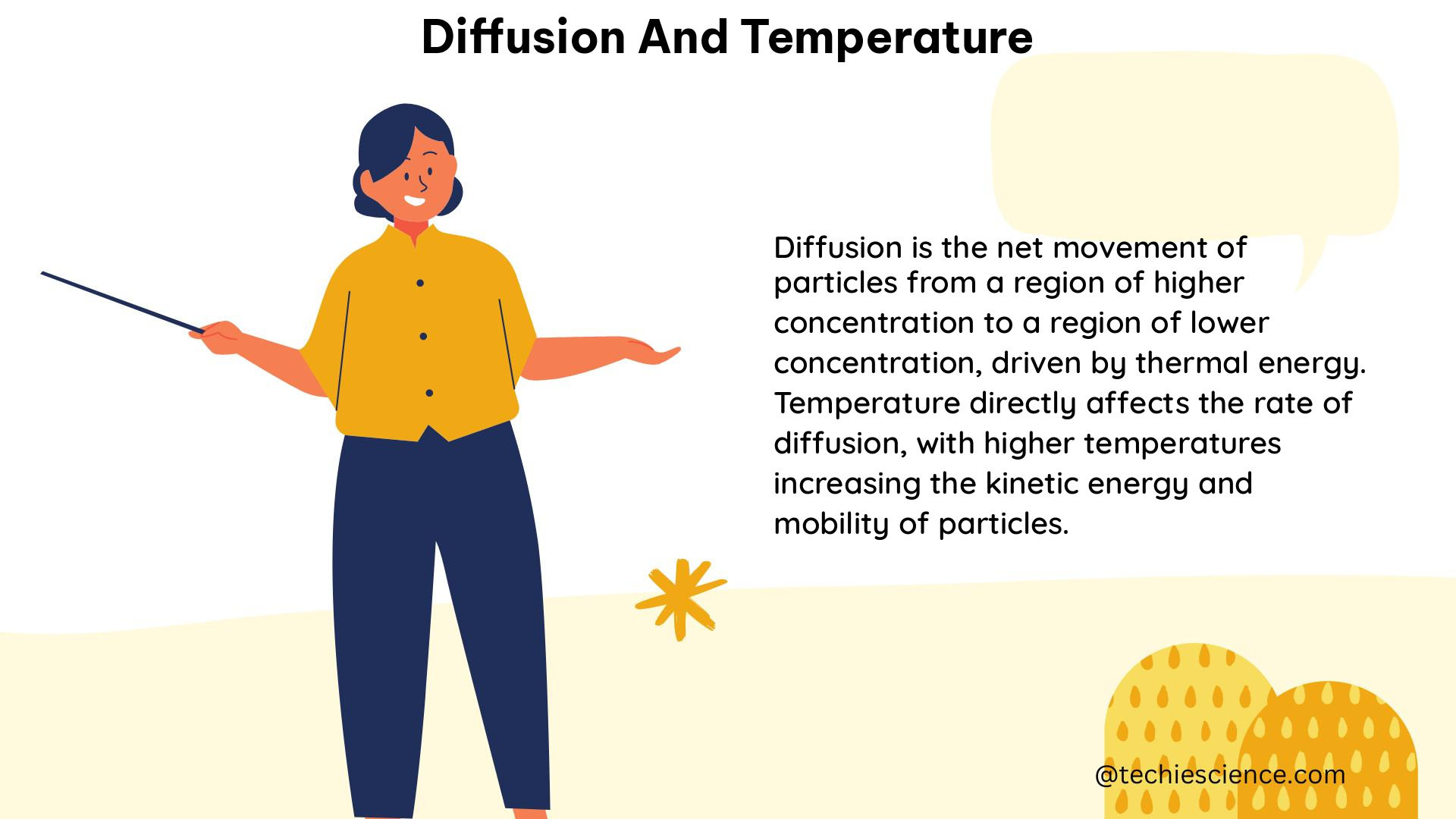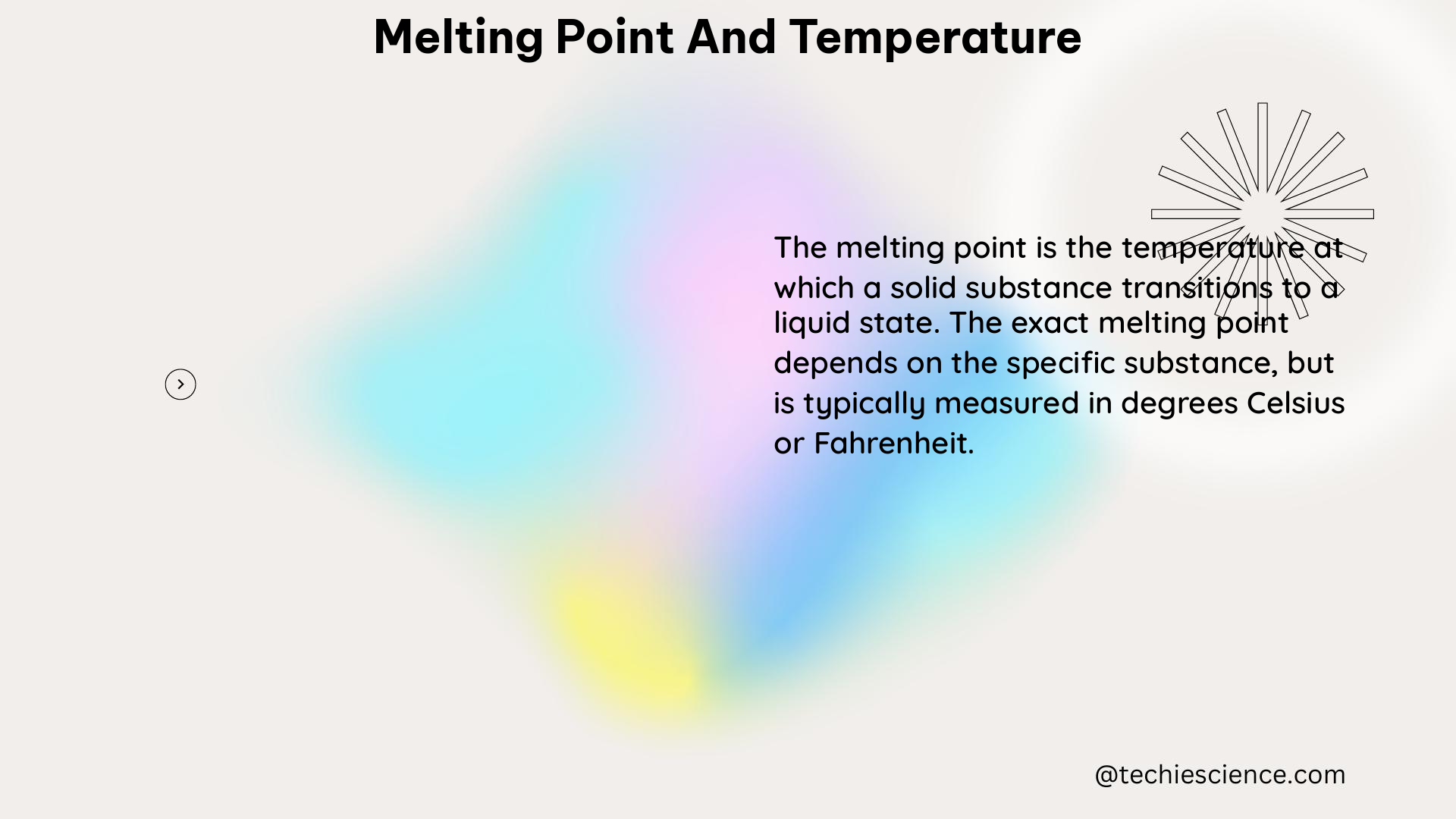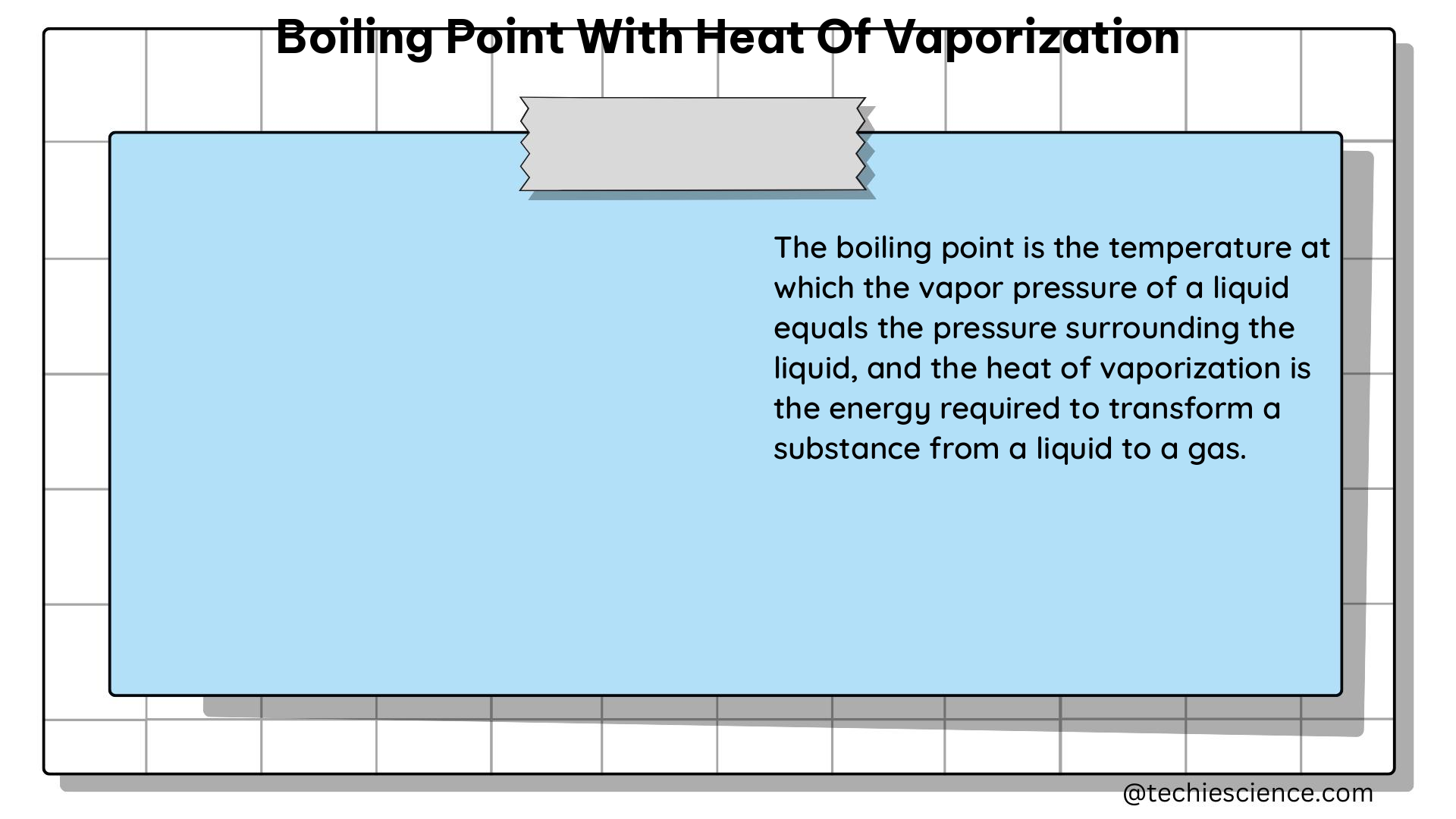This article focuses on the regions dealing with Malleability, a physical property of matter.
Malleability is the ability or tendency of a material to undergo a change in shape or to get flattened when compression stress is imposed on it. i.e., the easiness showed by the material to get hammered, rolled or pressed into the form of thin sheets without any breakage.
In the following section, let us discuss the detailed facts of Malleability, a physical property.
Is Malleability a physical property?
Malleability (ability to be shaped) is undoubtedly a physical property.
Malleability can be observed and even measured without changing the matter into another substance. This nature of Malleability makes it a physical property of matter. The ability of matter to get moulded or transformed into thin sheets is usually done by making it lighter using any tool such as a hammer or rollers that make the metal thinner by pressing it.
One can declare the characteristic of a material to exhibit Malleability as a physical property by studying its nature.
Further, we can now know a detailed explanation of how Malleability is a physical property.
How Is Malleability a physical property?
The definition of Malleability itself depicts that it is related to the physical structure and behaviour.
Malleability, a physical property – a brief description of this and facts that pave the way for it is given below, A chemical reaction is not required to observe or calculate Malleability, i.e., the matter is not transformed into a new substance, but only its physical appearance (shape) is varied.
In the case of brittle or so-called hard metals, when imposed by force, they will quickly get distorted and found to break into pieces as those metals are not strong enough to withstand that force; this explains that indeed there is a change in the substance physically.
The upcoming region contributes to the discussion of change in Malleability, being a physical property.
Read more: Is hardness a physical property
Is change in Malleability a physical property?
The change in Malleability is regarded as a physical property.
Malleability changes are related to physical concepts of matter. Since a closely packed structure of molecules is seen in metals when they get hammered. The molecules start to disperse in all possible directions (but will not get entirely separated from each other) due to the applied force or pressure, which is taken to be a physical deviation from the original structure.
How is a change in Malleability a physical property?
It is found that after completing the whole process, the same old substance will be present.
One could achieve the ability of the metal to withstand stress by varying the strength of metallic bonds present in the matter and by varying the temperature of the surrounding in which the given metal is placed. A physical change such as applying force or pressure needs to be done for a substance to show Malleability a physical property and a change in exhibited Malleability
Here, we intend to know a method to measure the Malleability of a metal.
Read more: Is boiling point a physical property
How are you supposed to measure the Malleability of a metal?
The measurement of Malleability is done by considering the resistivity of metal to stress.
The prime method to measure the malleability is, by evaluating the amount of pressure or, in other words, the compressive stress a metal can withstand or resist, it is possible to know the magnitude of the Malleability of that metal. Due to the difference in crystal structures, various metals possess some differences in their Malleability.
Read more: Is density a physical property
Frequently asked questions| FAQS
What will be the definition of Malleability?
Malleability is a physical property of metals.
In chemistry, Malleability is defined as the ability of a metal or even a metal alloy to get transformed into various other shapes by applying stress to the metal in different ways. Metals that can exhibit Malleability could be removed and elongated, pressed to be shaped in many ways to manufacture tools and equipment for application purposes in various fields.
Malleability can be defined in both physical and chemical views.
What makes a metal malleable?
Most of the metals are found to be malleable, whereas non-metals are not malleable.
The molecules can be seen in a closed pack structure in metal in all directions. A malleable metal can be stretched without any deformation or fracture in the metal; for the process of spinning, rolling, stretching, shrinking, flanging etc., this property of metals is necessary. Some prime examples of malleable metals are gold, silver, copper, aluminium and iron.
Gold, silver and platinum are considered to be the most malleable metals.
What makes Malleability different from ductility?
Malleability and ductility differ based on the metal’s ability to take various shapes.
The properties of metal to undergo change in its appearance ( bluntly considering the shape) under stress, i.e., Malleability is the tendency that allows it to get rolled into sheets. On the other hand, ductility tells us how easily a metal gets stretched into wires without any deformations.
Both Malleability and ductility are physical properties of matter.

How can you explain Malleability on a molecular level?
The interaction of applied stress and the atoms present in the metal explains Malleability.
Atoms present in the malleable metals are forced by the compression stress to shift into a new position after rolling over each other; during this mechanism, the metallic bonds are not supposed to be broken. Now, the particles will stay in their new positions permanently.
What is the relation between the Malleability and hardness of a substance?
As the hardness of a substance increases, its Malleability is seen to decrease.
For a substance to exhibit Malleability, it must be possible to suppress the atoms of that substance to other positions without any breakage; this becomes more difficult in the case of metals that are considered hard, like antimony and bismuth. The reason is the existence of grain boundaries in which the atoms are loosely bound.
One can explain the connection between Malleability and hardness by considering the crystal structure.
How Malleability depends on temperature?
The Malleability of a substance is related directly to the temperature, i.e., as temperature increases, the material becomes more malleable.
The dependency of Malleability on temperature is associated with the behaviour of atoms when they get heated. This relation is used in deriving the practical applications out of the metals. The atoms and their behaviour are affected directly by the temperature.
After heated, the atoms gain energy are arranged more regularly, increasing the Malleability of the metal by decreasing the grain boundaries.
What are the similarities between Malleability and ductility?
Malleability and ductility have very much in common.
As we already discussed, Malleability and ductility are physical properties of matter. Some of the evident similarities are mentioned below, The cause is the free movement of outer electrons present in the atom. These properties have a similar dependency on the hardness and softness of the material.
Simultaneously, a substance can be both malleable and ductile. There occurs a change in shape and the dimension of the substance.
What kind of elements will not possess Malleability?
The possession of Malleability is decided based on the lattice arrangement in the metals.
A metal that cannot withstand stress will not be regarded as malleable. These metals will tend to break on the application of pressure since the atoms move farther or get distorted entirely due to the application of force or pressure. Thus, we cannot observe the property of Malleability in them.
Also Read:


